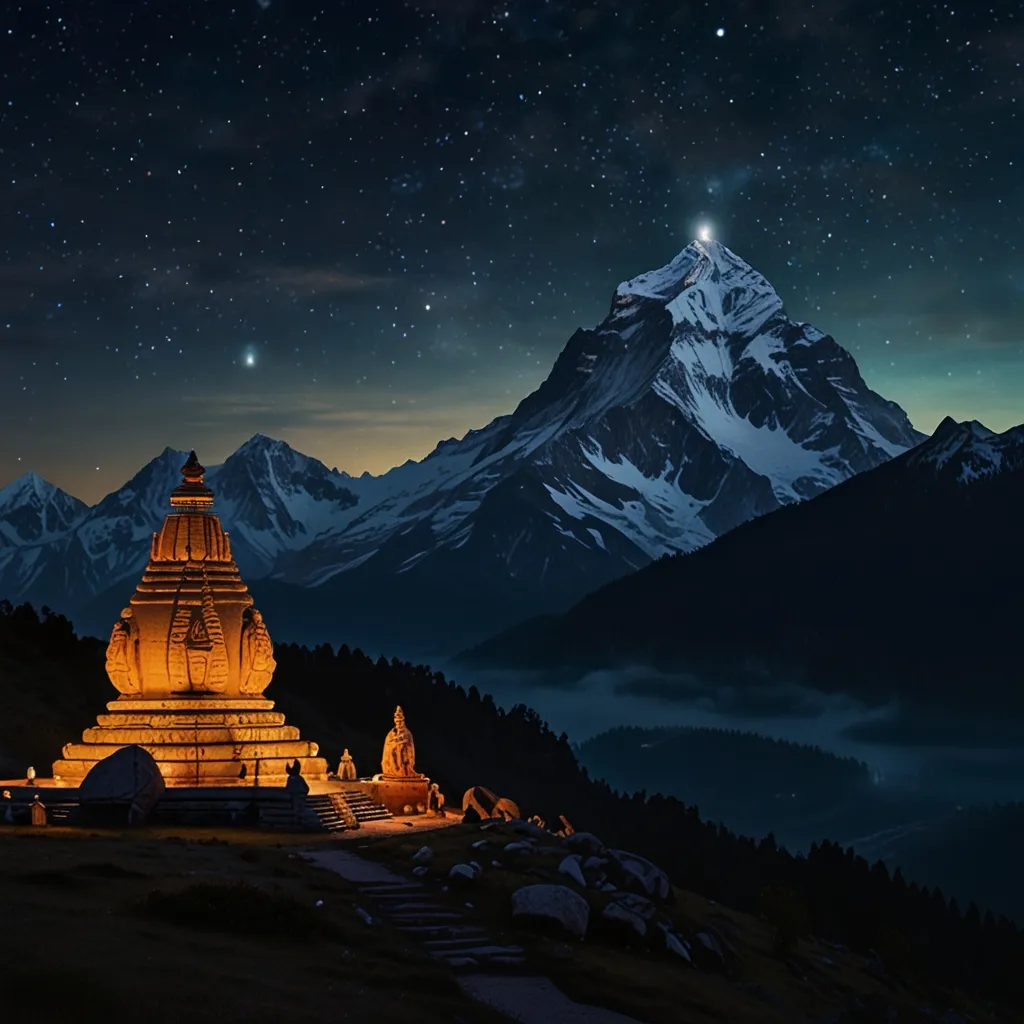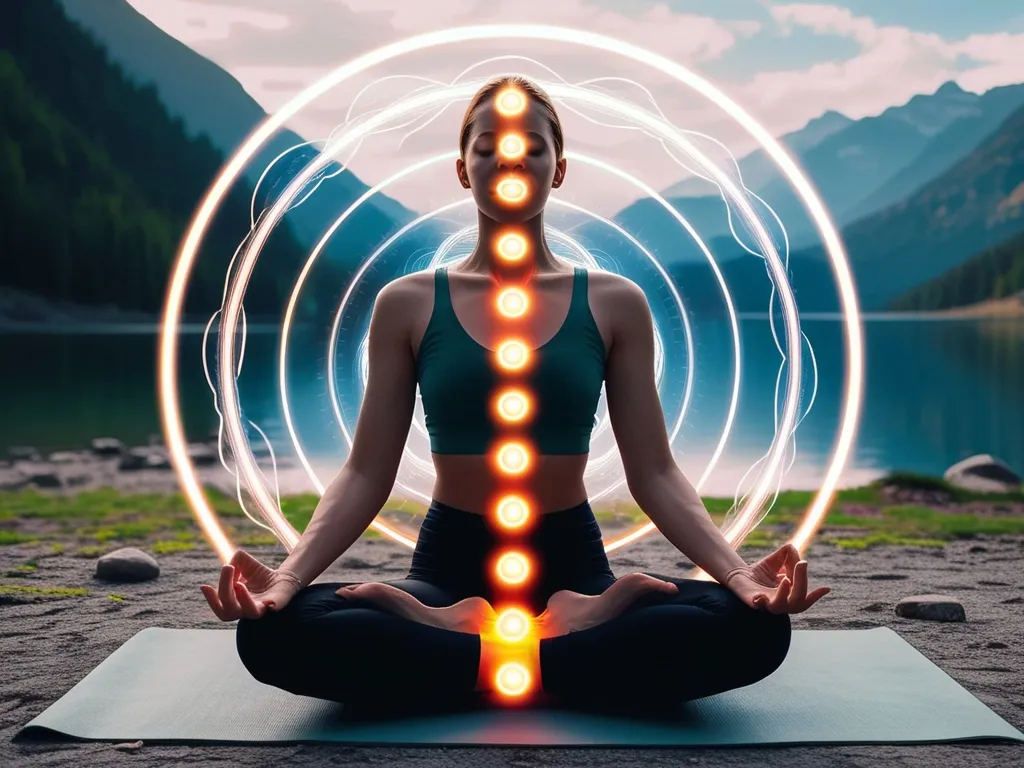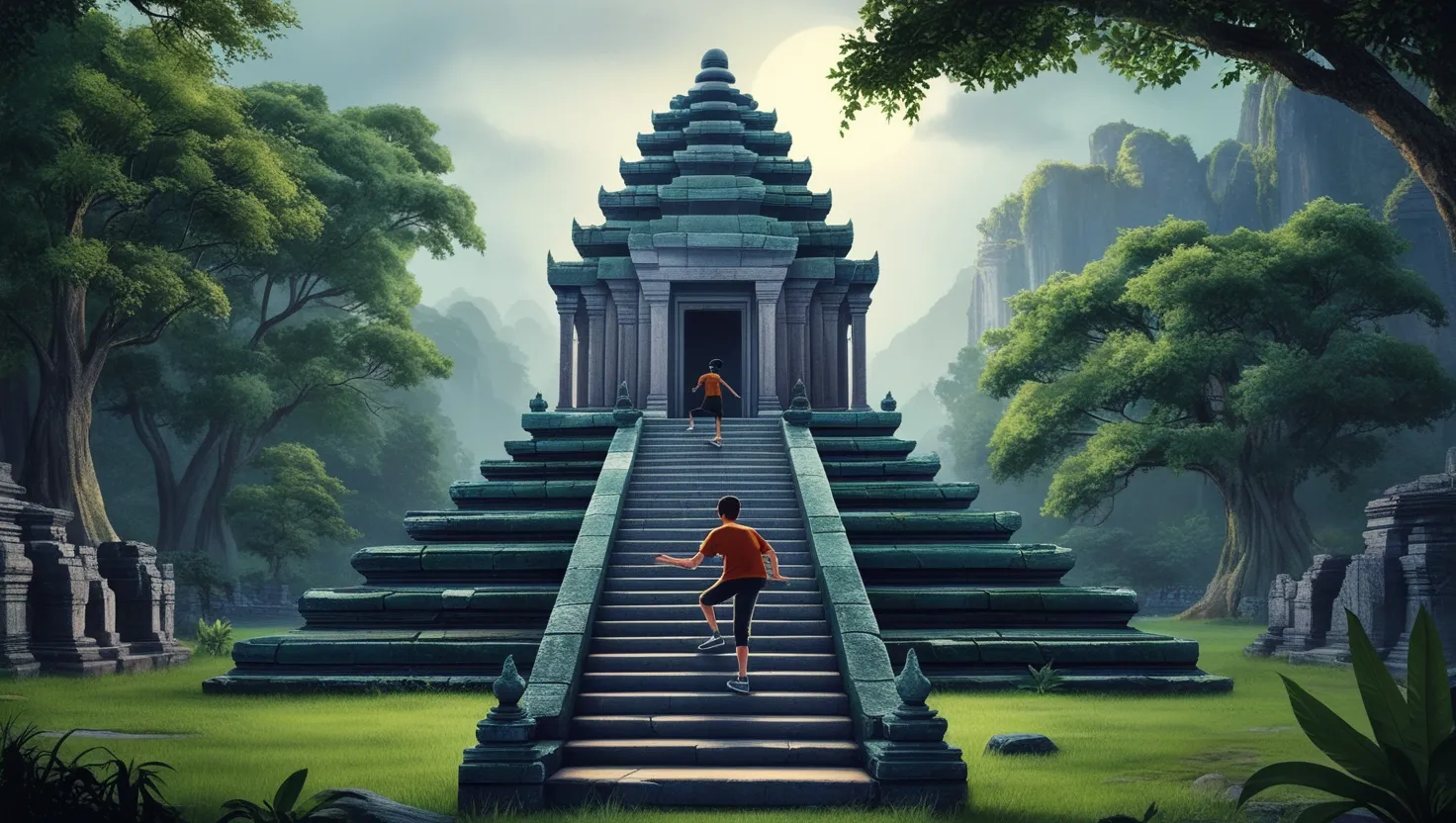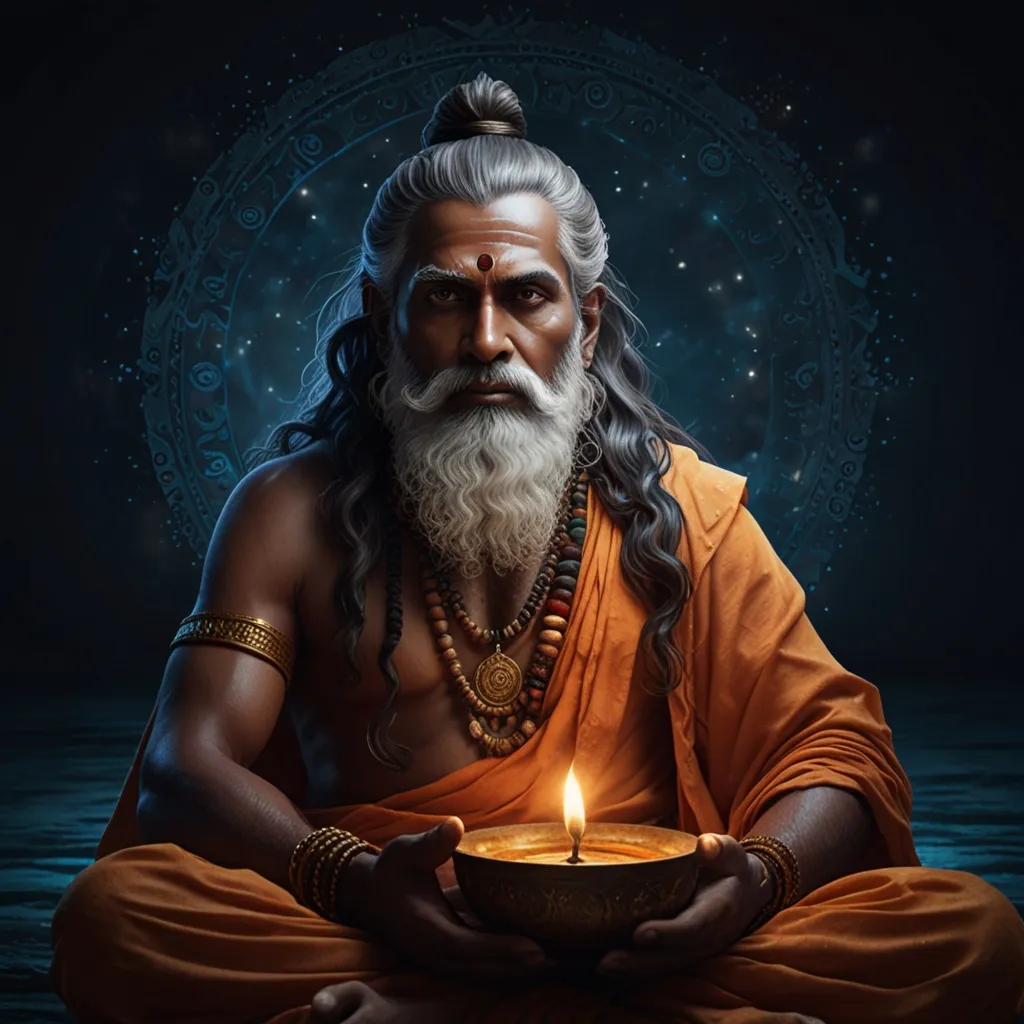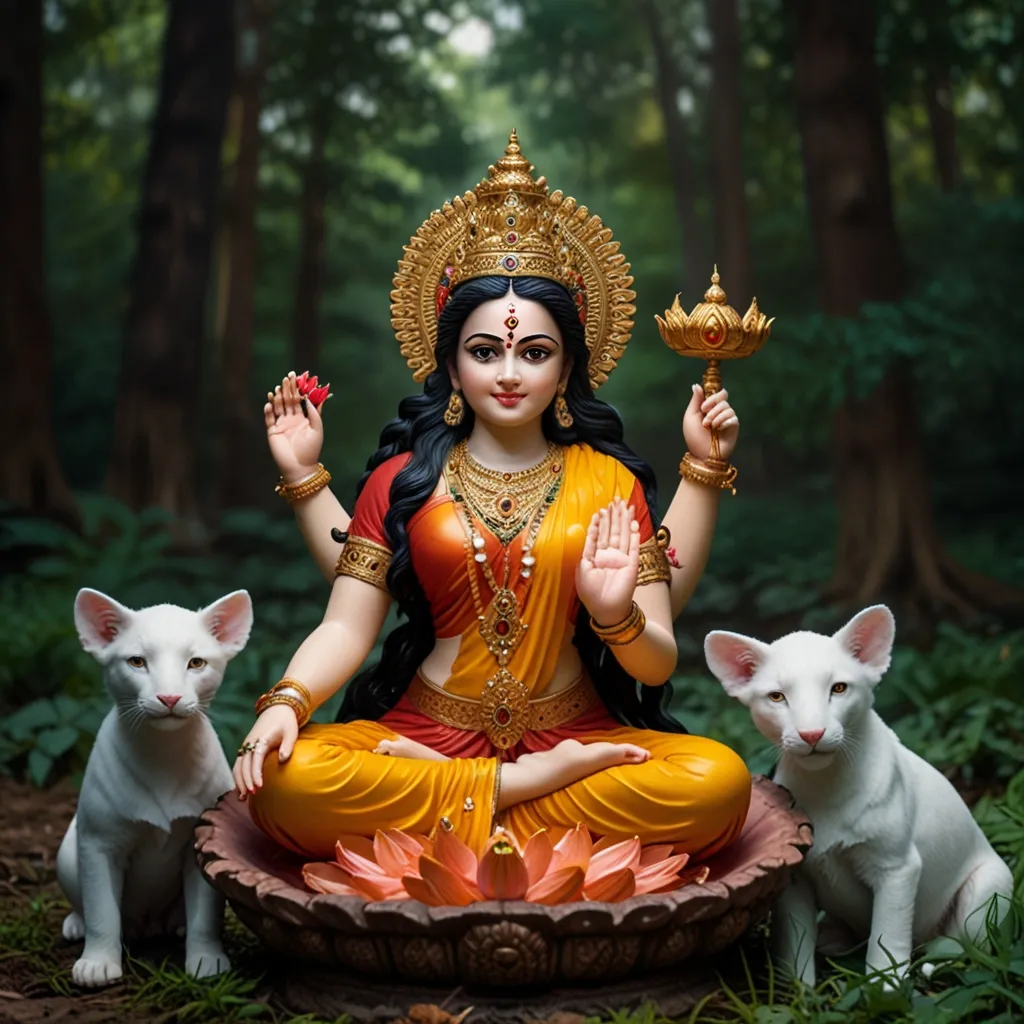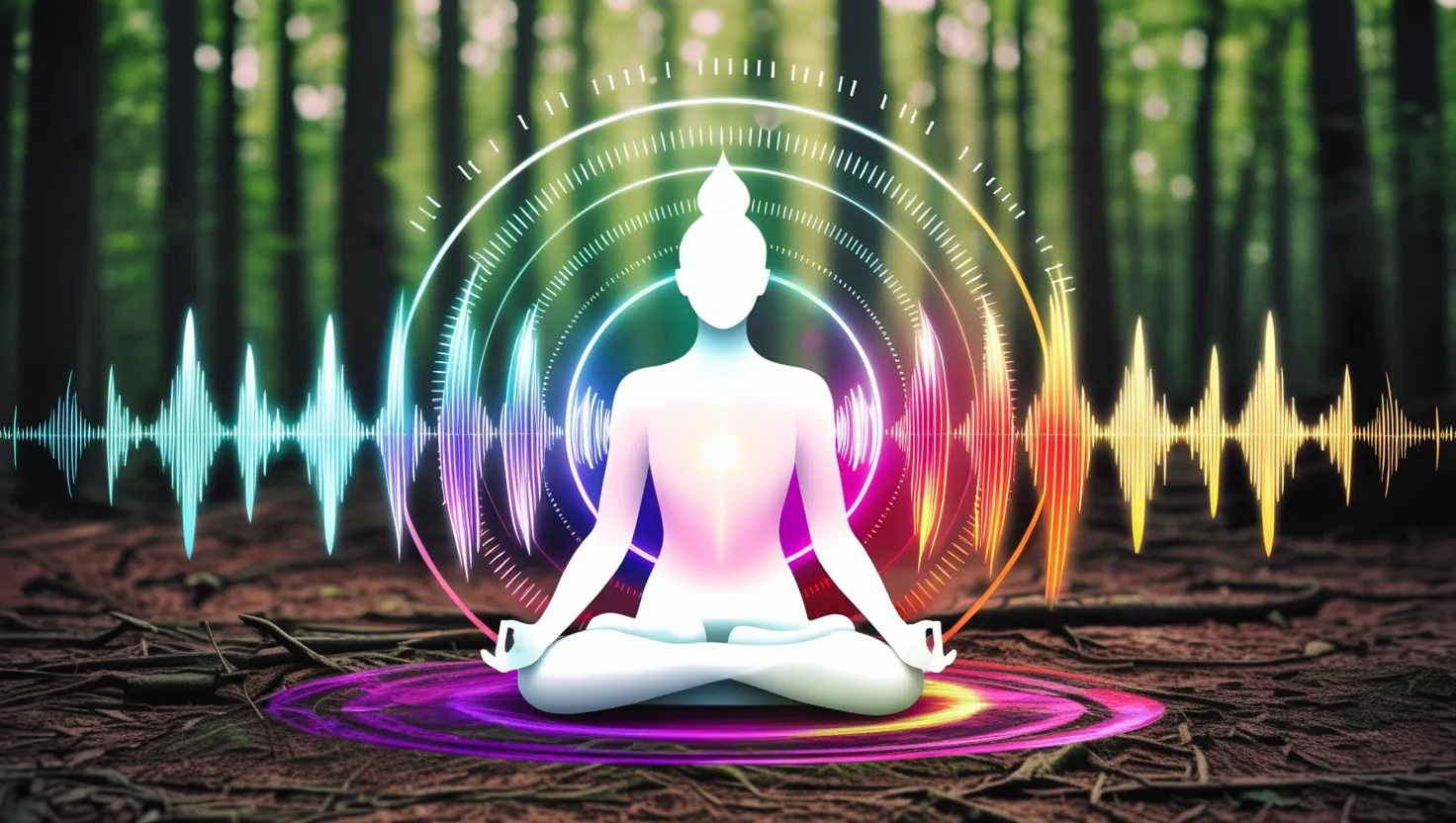In Hindu mythology, there’s a night that stands out for its immense spiritual significance, known as Mahashivaratri. This festival honors Lord Shiva, one of the most revered deities. The stories behind this night are filled with rich legends and deep symbolism, making it a time of great spiritual importance.
One such legend kicks off with a big argument between Lord Brahma, the creator, and Lord Vishnu, the protector. They were locked in a heated debate about who was superior. Suddenly, this immense Linga appeared out of nowhere, stretching infinitely into the sky. Both gods were left speechless by its magnificence.
Determined to prove their supremacy, they decided to find the end of this giant Linga. Brahma, in his arrogance, flew upwards to find the top, while Vishnu went downwards to find its base. Brahma’s journey was grueling, but he eventually encountered a Ketki flower near the top. The flower had floated down, and Brahma, resorting to deceit, claimed he reached the top.
Vishnu, realizing the endless nature of his quest, returned humbled and wiser. When Brahma came back, he faced Shiva’s wrath. Shiva revealed his true form and, displeased with Brahma’s deceit, cursed him, saying no one would ever worship him. This was the first time Shiva manifested as a Linga, marking the birth of Mahashivaratri.
For ascetics and yogis, Mahashivaratri has a unique significance. It’s the night when Shiva became one with Mount Kailash, achieving complete stillness - both physical and spiritual. This stillness symbolizes the ultimate state of meditation and union with the divine. Shiva, in yogic tradition, is seen as the Adi Guru, the first teacher of yoga.
Mahashivaratri is also seen as a night of great spiritual possibility. People believe that the veil between the material and spiritual worlds is thinnest on this night, providing a rare chance for spiritual seekers to experience boundlessness. It’s an invitation to dissolve one’s limited self and merge with the vast emptiness that is the source of all creation.
Another legend celebrates Mahashivaratri as the night of Shiva and Parvati’s marriage. Their union symbolizes the perfect balance and harmony in the universe – the coming together of masculine and feminine principles. It’s also said that on this night, Shiva drank the deadly poison Halahala, produced during the churning of the ocean, and held it in his neck, which turned blue, earning him the name Nilakantha.
The celebration of Mahashivaratri is a solemn and introspective affair. Unlike other Hindu festivals celebrated during the day, Mahashivaratri is observed at night, symbolizing the victory of light over darkness and ignorance. Devotees fast, meditate, and chant the sacred mantra “Om Namah Shivaya” throughout the night. Temples glow softly with offerings of fruits, leaves, sweets, and milk to the Shiva Linga.
In Shaivism, Mahashivaratri is a night of vigil and prayer, known as jagarana. It’s a time for self-reflection and contemplation, where devotees aim to overcome inner darkness and ignorance. The night resonates with the chanting of hymns and reading Shiva scriptures, creating a cosmic dance that embodies Shiva’s presence everywhere.
Mahashivaratri isn’t just a festival; it’s a profound journey into our own souls. It’s a night that highlights the eternal cycle of creation, preservation, and destruction through Shiva’s cosmic dance. It’s an invitation to look within, seek the Shiva within us, and unite with the ultimate reality.
In essence, Mahashivaratri is a celebration of the infinite and the eternal. It’s a night that transcends the ordinary and connects us with the divine. Whether you’re seeking spiritual enlightenment or just a devotee of Lord Shiva, this night offers a profound chance to experience the vastness and stillness that form the core of all existence.
